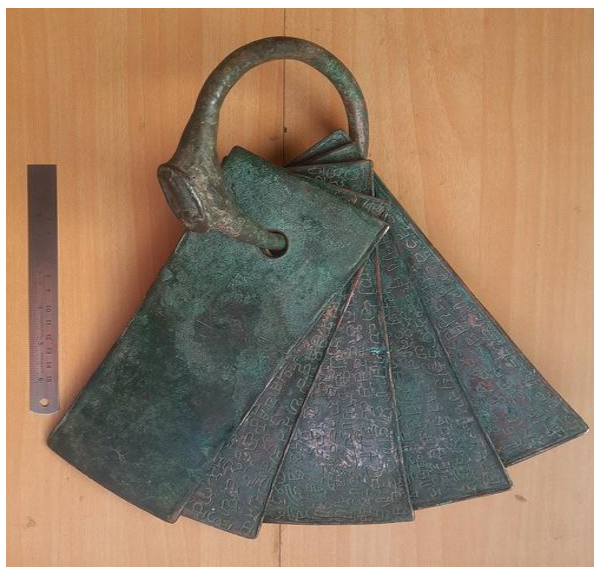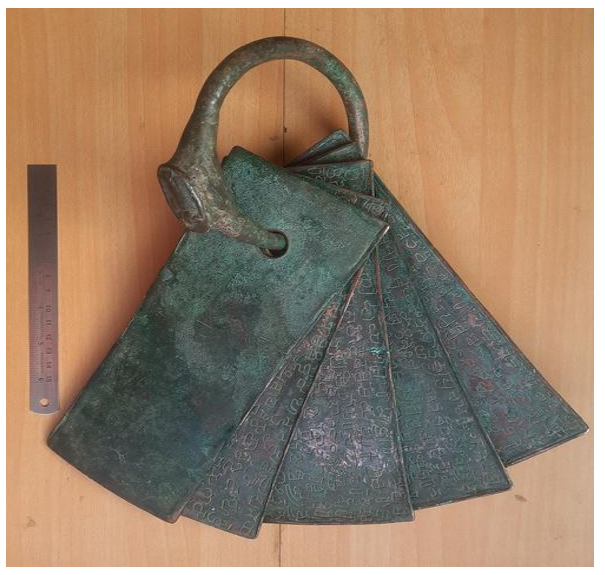- Courses
- GS Full Course 1 Year
- GS Full Course 2 Year
- GS Full Course 3 Year
- GS Full Course Till Selection
- Online Program
- GS Recorded Course
- NCERT (Recorded 500+ Hours)
- Polity Recorded Course
- Geography Recorded Course
- Economy Recorded Course
- AMAC Recorded Course
- Modern India, Post Independence & World History
- Environment Recoded Course
- Governance Recoded Course
- Science & Tech. Recoded Course
- International Relations and Internal Security Recorded Course
- Disaster Management Module Course
- Ethics Recoded Course
- Essay Recoded Course
- Current Affairs Recoded Course
- CSAT
- 5 LAYERED ARJUNA Mentorship
- Public Administration Optional
- ABOUT US
- OUR TOPPERS
- TEST SERIES
- FREE STUDY MATERIAL
- VIDEOS
- CONTACT US
Ancient Sanskrit Poetess Shilabhattarika
Ancient Sanskrit Poetess Shilabhattarika
30-08-2023

Latest Context:
Recently, the Bhandarkar Oriental Research Institute (BORI) has decoded some ancient copper plates and these provides us more knowledge about the ancient sanskrit poetess Shilabhattarika.

More about the news
- This decoded copper plate charter has 5 copper plates in it and they are assumed to be written during the time of the Badami Chalukyan ruler Vijayaditya (8th CE).
- These plates were held together by a copper ring having a Varaha (boar) seal.
- Basically, the Varaha seal was the trademark of the Badami Chalukyas.
Who was Shilabhattarika?
- Many historians believe that Shilabhattarika was a Chalukyan princess and possibly the daughter of Pulakeshin II.
- As per some recent research, she lived in the 7th century CE rather than the current theory, which called her as the wife of the 8th century Rashtrakuta ruler, Dhruva.
- She has done an extensive use of Panchali style, that calls for a balance of words with their meaning.
- The 10th century sanskrit poetess Rajashekhara (court poet of the Gurjara-Pratiharas) has praised Shilabhattarika for her beautiful compositions.
What is the Significance of Ancient Inscriptions?
- Historical Records: Inscriptions provide valuable information about past civilizations, societies, rulers, and events. They shed light on political structures, dynasties, wars, alliances, and the lives of ordinary people. Inscriptions serve as primary sources for historians and archaeologists to understand and reconstruct the past.
- Cultural and Religious Insights: Inscriptions often contain religious, ritualistic, or cultural information, including details about religious practices, customs, beliefs, and mythologies. They can reveal the religious affiliations, dedications of temples, and patronage of rulers towards specific deities or religious traditions. Inscriptions also provide evidence of cultural exchanges and artistic styles.
- Linguistic Studies: Ancient inscriptions help in the study of ancient languages, scripts, and dialects. They contribute in decoding the scripts that were previously unknown or poorly understood. Inscriptions offer insights into the grammar, vocabulary of ancient languages, helping in understanding the evolution and connections between languages.
- Legal and Administrative Documentation: Inscriptions often contain legal and administrative information, including land grants, tax records, decrees, and official proclamations. They provide evidence of governance systems, administrative structures, and the exercise of political power. Inscriptions can also shed light on social hierarchies, legal practices, and economic activities.
- Chronological Dating: Inscriptions often bear dates or references to specific eras, enabling historians to establish chronologies and correlate events. They provide valuable markers for dating other archaeological finds, such as sculptures, coins, and artifacts, and help in creating a timeline of historical developments.
- Preservation of Memory: Inscriptions serve as tangible links to the past, preserving historical information for future generations. They provide a glimpse into the thoughts, aspirations, and achievements of people who lived centuries ago, allowing us to connect with our collective human heritage.
Challenges in understanding and preservation of ancient inscriptions are:
- Language and Script: Many ancient inscriptions are written in languages and scripts that are no longer in use or poorly understood. Deciphering these scripts requires expertise in linguistics and epigraphy. Lack of experts in specific scripts and limited knowledge of ancient languages can restrict the understanding of inscriptions.
- Deterioration and Damage: Inscriptions are often found on stone, metal, or other materials that can deteriorate over time due to environmental factors like weathering, erosion, pollution etc. Physical damage to inscriptions can result in the loss of valuable information, making it difficult to decipher or interpret them accurately.
- Fragmentation and Dispersal: Inscriptions are sometimes fragmented or scattered across different locations, making it challenging to piece them together for a comprehensive understanding.
- Incomplete Preservation: Many inscriptions have not survived the test of time and have been lost due to natural disasters, wars or other human activities. The incomplete preservation of inscriptions hampers our understanding of specific time periods or regions.
- Limited Access: Some ancient inscriptions may be located in remote or politically sensitive areas, limiting access for researchers and scholars. Lack of accessibility can hinder the study and documentation of inscriptions.
- Interpretation and Contextual Understanding: Inscriptions are often context-dependent, and deciphering their meaning requires knowledge of historical and cultural contexts. The absence of contextual information can pose challenges in understanding the intended message of inscriptions accurately.
- Lack of Resources: Research, documentation, and preservation of ancient inscriptions require significant resources, including funding, skilled experts, equipment, and conservation efforts. Limited resources can hinder comprehensive studies and conservation initiatives.
Way forward
- Focus on Digitalisation: All the ancient records should be digitalized for better preservation. In the recent union budget, the government proposed the Bharat Shared Repository of Inscriptions (BharatSHRI) with the aim of digitization of almost 1 lakh inscriptions in the first stage.
- Rapid Institutional reform: Strengthening of the epigraphy branch in the ASI with the creation of additional posts and financial support is the need of the hour.
- Spreading Awareness: This will attract more talent into the archaeological sector and at the same time will increase the importance of preservation too.
- Cross-checking of Historical Facts: To know the authenticity of any source and the information, they should be cross-checked with other sources of history.
Must Check: IAS Coaching Centre In Delhi


